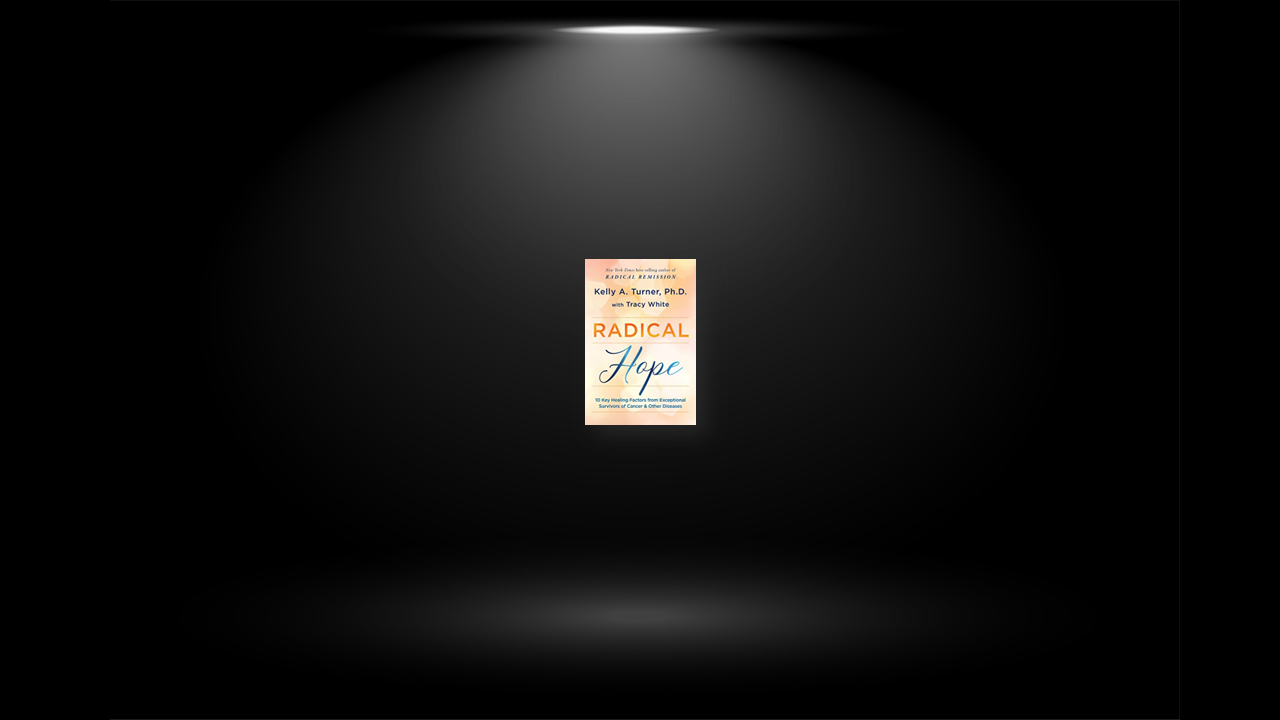Emphasizing Exercise
It is important to always consult with your doctor to find out what type and level of activity is right for you. If you were sedentary before diagnosis, your doctors might first recommend low-intensity activities, such as stretching or brief walks. For older patients or those with bone metastases, osteoporosis, or significant impairments such as arthritis or peripheral neuropathy, doctors might recommend exercising with a fitness professional to ensure that balance is taken into account. Patients on bed rest lose their strength and lean body mass quickly, so physical therapy is usually recommended to maintain strength and range of motion while counteracting the fatigue and depression that often accompany being bedridden.
Set a time.
Research shows that people who set a specific time for exercise, instead of trying to squeeze it in, have more success. Write at least 10 minutes in your calendar and then hold yourself to it like any other commitment.
Underpromise.
Approximately one-third of Americans make a New Year’s resolution to “stay fit and get healthy,” yet the vast majority of these resolutions are abandoned by February 1. We often fail at resolutions because we aim too high and do not make realistic plans. Set small goals that are achievable and that you will be proud of when you accomplish them. For instance, make a plan to walk for 10 minutes (if you are able) each day for a week. Start by walking out your front door for 5 minutes and then turning around and walking home. After a week, walk for 7.5 minutes before turning around, and eventually add time until you are walking for a total of 30 minutes.
Set your clothes out the night before.
Many people like to exercise first thing in the morning. If that is you, set out your exercise clothes and shoes the night before. This trick will get you going in the morning since you will not have the excuse of hitting the snooze because you cannot remember where your sneakers are.
Connecting Spiritually
A spiritual connection practice improves not only your emotional well-being, but also your physical health. The most important part of developing a spiritual connection practice is that during the practice, you feel a deep sense of peace, love, and calm—both in your body and your emotions.
Meditation Apps
App stores are full of tools to help increase mindfulness, wellness, and build a meditation practice. The three most well-reviewed apps at the time of this writing are Calm, Headspace (started by a monk), and 10% Happier.
Energy Healers and Energy Groups
Finding a local energy healer may not be as hard as you suspect. Ask for recommendations at your local yoga studio, wellness center, or community center. You can step out of your comfort zone by asking friends and family if they know of anyone. In addition, the Internet is a great resource. Search engines and review sites will have a listing of local providers near you.
“Worship Shop”
If the structure and community of a traditional church, temple, mosque, or other place of worship sound appealing to you, ask around for recommendations, or “shop around” until you find one that feels right for you.
Following Your Intuition
We all possess an intuitive sense that connects our brains and our bodies. Some people have learned to pay closer attention to it than others. Accessing your intuition is like exercising any other mental muscle—if you don’t use it, you lose it.
Traditional Chinese medicine, which includes acupuncture and other energy-based treatments, is believed to improve the flow of your chi while releasing any stagnant energy that may be contributing to your illness. You can find a licensed acupuncturist in private practices, group clinics, hospitals, or day spas. Some insurance plans will cover these treatments.
Reiki is a form of energy healing that does not involve any physical contact. The practitioner taps into your energy and shifts blockages by moving their hands a few inches above your body, although this type of energy work can also be performed remotely. Look for a certified Reiki practitioner in a private practice, wellness clinic, or hospital.
Yoga was developed centuries ago as a way to prepare the mind for meditation. All physical yoga practices, known as asanas, can help relax your body and mind so that you move into a quieter place where it is possible to hear your intuition. Kundalini yoga is a specific type of yoga that is focused on awareness, enhancing intuition, and strengthening your energy field. You can find yoga classes in most cities at yoga studios, community centers, and gyms, or you can take classes online or via apps.
Releasing Suppressed Emotions
Keep a “thought journal” to discover your underlying thoughts and beliefs; (2) Make a list of all the emotions you experience in a day to uncover themes; (3) Practice daily forgiveness; (4) Enroll in a stress management course; (5) Make an appointment with a qualified psychotherapist, energy healer, or energy kinesiologist; and (6) Try eye movement desensitization and reprocessing (EMDR) or hypnosis to deal with any trauma held in your body. In addition, here are a few more ways to help you kick-start emotional release and boost your immune system.
Take a self-love retreat.
When you are in the middle of a health crisis, it can be difficult to find the time and energy to tackle your emotional baggage. If you need a helping hand, many institutions are dedicated to helping you enhance your body-mind-spirit connection with daylong, weekend, or weeklong workshops on topics such as “A New Pathway to Recovery,” “Well Woman: A Restorative Retreat for Women Touched by Breast Cancer,” and “Free Your Energy, Transform Your Life.” If the thought of a retreat sounds cost-prohibitive, be aware that many centers have scholarships available. In addition, local libraries, wellness centers, hospitals, and nonprofits may offer local workshops.
Try tapping.
Because of the increased popularity of EFT and tapping, many resources are now available. If you would like to teach yourself how to tap, The Tapping Solution book series and EFTuniverse.com offer easy-to-follow guides. You’ll also find several guided tapping videos for free on YouTube. If you prefer in-person instruction, many libraries, wellness centers, hospitals, and therapists now offer courses to help guide you.
Write a letter to those who hurt you.
A powerful method of emotional release is to write a letter to the persons who have hurt you, regardless of whether they are dead or alive. Pour your pain, frustration, resentment, and anger onto the paper. The physical act of writing down your emotions and addressing them directly will begin to release the emotions from your body. You do not need to send the letter; in fact, many radical remission survivors have found that writing the letter is all they needed to do. Once written, you can ceremonially burn the letter, tuck it in a drawer for occasional rereading and releasing, or just throw it away.
Changing Your Diet
some people are able to go “cold turkey” and completely change their diets overnight. However, most people cannot change that quickly and therefore need to tackle it in stages. One way to do this is by eliminating one thing at a time (e.g., one less dessert, portion of meat, or serving of refined grains per day) or adding in at least one more vegetable or fruit to every meal. You can start small by making sure you buy organic fruits and vegetables—at least when it comes to the Dirty Dozen (the 12 fruits and veggies with the highest exposure to pesticides from conventional farming)—easing back your alcohol consumption, or adding a select few organic, grass-fed, hormone-free meat or dairy products to your weekly shopping.
Make every meal 50 percent.
This is by far the easiest diet adjustment to make and will provide significant benefits. Make sure that half your plate at every meal is made up of vegetables and/or fruits. Some easy ways to do this are: (1) For breakfast, make a fruit and veggie smoothie in your blender; (2) for lunch, put your meal on a bed of lettuce and see how colorful you can make the salad; (3) and for dinner, shrink the size of your protein to that of a deck of cards and increase your vegetable sides so that they cover half the plate.
Try intermittent fasting.
You can start off by not snacking between dinner and breakfast. This method alone could launch you into time-restricted, 12-hour fasting if you finish dinner by 7 P.M. and eat breakfast at or after 7 A.M. the next day. As your body adjusts, you may be able to further shorten your “eating window” each day. Alternatively, you could try a water fast for one day a week, if approved by your doctor. Lastly, consider trying a 5:2 weekly schedule in which you eat normally for five days of the week and then eat only 400–600 calories for the remaining two days. You can easily track your calorie intake via various tracking apps on your smartphone. One popular free app is MyFitnessPal.
Find a good nutritionist.
Radically changing your diet can feel overwhelming, which is why a qualified nutritionist—especially one who specializes in working with cancer patients—can help you navigate your dietary options, get you tested for food sensitivities, and recommend a diet that is right for your body at this time. In today’s age of video conferencing, you can search the Internet for a nutritionist you like and not be limited to ones only in your local area.
Having Strong Reasons for Living
For some people, the joy to be found in everyday life is purpose enough. Below are a few more ideas to help you explore your reasons for living. (Note: If you are very sick and finding a life purpose seems overwhelming, then focus on today, and perhaps tomorrow. What joy will you find today?)
Don’t presume that your passion should be your job.
You do not need to quit your day job in order to find your life’s purpose. All you need are windows of time to be spontaneous, set aside your inhibitions, try something fun, and enjoy a change of pace. Block out some meaningful time for an afternoon or evening. Start by turning off your phone, TV, computer, and other devices, and then give yourself permission to do whatever you want for the time you have allotted.
Find the experts.
Read books, listen to podcasts, or watch online videos to help you identify your own unique reasons for living. Some of the most popular experts on this topic include Jack Canfield, Iyanla Vanzant, Elizabeth Gilbert, Michael Beckwith, Martha Beck, Louise Hay, and Joe Dispenza.
Connect to your inner child.
What games, sports, art, and/or activities did you enjoy as a child? Did you like riding your bike? Fixing things? Playing a certain sport? Painting? Dancing? Writing stories? When did you experience the greatest joy in your life? Think back to the activities you enjoyed most, write them down, and brainstorm how you might incorporate them into your life now.


